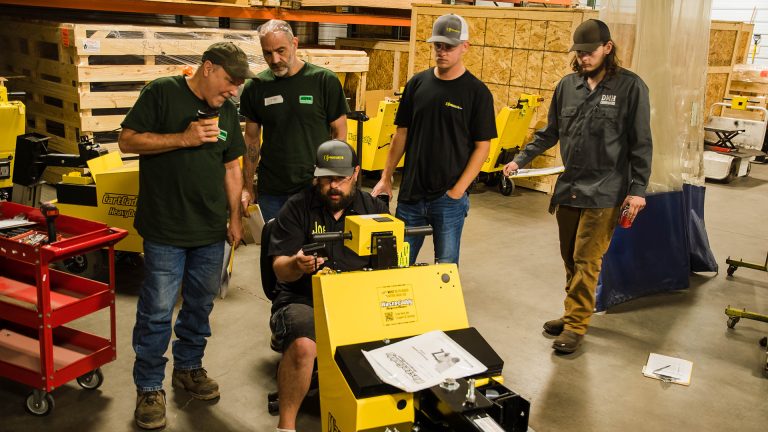With the dawn of a new political era in Washington, U.S. industry experts are cautiously predicting that manufacturing’s darkest days are over and that a rebound can be expected within the next six months. Analysts seem to agree that the Institute for Supply Management Index (ISM) finally bottomed out and will now begin to grow.
“Much depends on some proposed government actions and the reaction of the financial community,” Chris Kuehl, an economic analyst for the Fabricators and Manufacturers Association, told writer Joe Cogliano in the January 6, 2009 edition of Manufacturing & Technology eJournal, “but assuming that the credit crisis continues to diminish there will be some recovery in certain sectors.”
In anticipation of President Obama’s promised economic initiatives to create jobs, rebuild infrastructure and move to alternative fuels, Kuehl expects businesses that supply construction material and machinery and those in energy development to lead the recovery. He said that media saturation about the dire straights of the automotive and construction industries has obscured any good news about the state of U.S. manufacturing. He noted that medical manufacturing has actually grown during the recession and that the aerospace industry has held firm.
A double digit production decline in the 4th quarter of 2008 is expected to be manufacturing’s low point. The National Association of Manufacturers (NAM) predicts a continued but gradually decreasing decline across most industry sectors for the first three quarters of 2009 before the advent of slowly rising numbers. NAM expects the final months of 2009 to bring a 1.4% increase in manufacturing rates.
Experts agree that while economic downturns take a toll on industry, they also serve to cull out weak, mismanaged and antiquated companies. Those that survive are stronger, more efficient, more resource conscious and more productive. On a larger scale, benefits of the economic crisis include a new era of better risk and credit management by both lenders and borrowers, new avenues of industrial growth, and deeper understanding and a necessary re-evaluation of global trading relationships and their impact on U.S. economy.
“The challenge for all of us is to determine if this is a ‘disaster’ or an ‘opportunity,'” Norbert Ore, Chair of the Institute for Supply Management’s Manufacturing Business Survey Committee told Manufacturing & Technology eJournal. “If we choose disaster, we will be paralyzed during a period of great change, and we will assume that there is little hope of prosperity for ourselves and our organizations. If we choose opportunity, we can view this as the time to face challenges head on and find more productive ways to create value for ourselves and society.”


